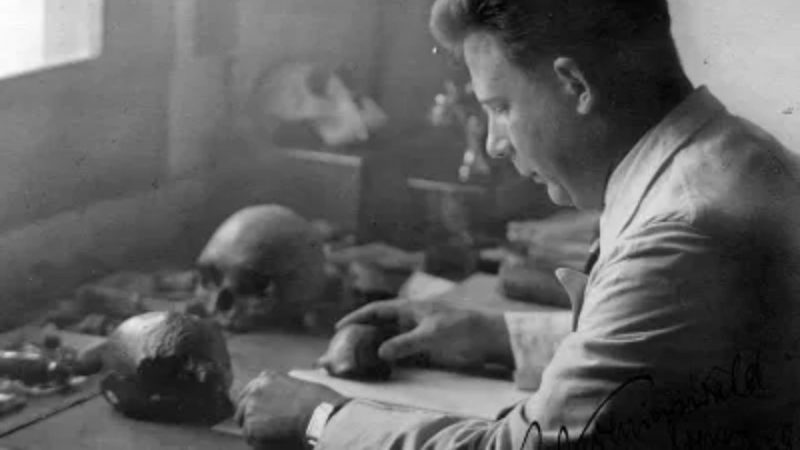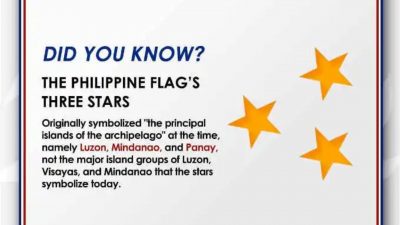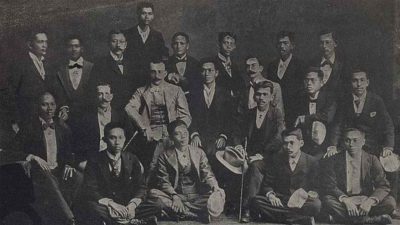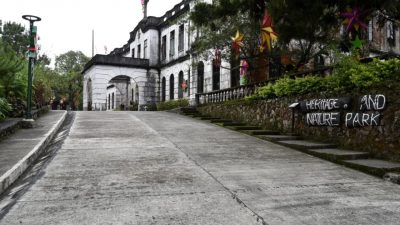On November 28, 1953, the 8th Pacific Science Congress and the 4th Far Eastern Prehistory Congress, held simultaneous and several joint sessions, mostly in the University of the Philippines premises at Diliman, Quezon City, were concluded.
Held under the auspices of the National Research Council of the Philippines, the congresses opened on November 16 and were attended by no less than 352 overseas foremost delegates from 27 different countries and by 1076 local delegates of various scientific, professional, and cultural organizations.
A total of 789 scientific papers were submitted, 115 of these in the field of prehistory, and many of these were thoroughly discussed. Many of the discussions led to the formation of special committees as well as to the adoption of important resolutions with respect to continued research in geology and geophysics, oceanography, meteorology, animal improvement in the Pacific area, botany, anthropology, archeology, linguistics, social science, public health and nutrition, conservation, fisheries, forestry, and the products of various specific industries.
Dr. Vidal A. Tan, President of the University of the Philippines, in the inaugural address at the opening of the two congresses, said:
“The Philippines realizes greatly the importance to us of these congresses and appreciates the honor of being able to play host to these distinguished delegates from all over the world. There has never been nor is there likely going to be for a long time a similar event of equal significance in the history of science in the Philippines.”
An interesting sequel to the great gathering of world scientists in the Philippines was the claim by the famous Dutch scientist, Dr. Gustav Heinrich Ralph von Koenigswald, of proof that the Philippine archipelago was connected with the Asiatic mainland by land bridges during the Pleistocene period.
Up to that time, fossilized large mammalian remains in this country were known only from single specimens from widely scattered parts of Luzon and Mindanao — a number of fragmentary rhinoceros teeth, from a single animal; a tooth of a unique pygmy elephant, and a stegodon tooth.
A few days after the close of the congresses, Dr. von Koenigswald explored a site in northwestern Pangasinan and found no less than 44 pieces of stegodon teeth and 1 piece of stegodon ivory (representing probably at least a dozen or more different animals); a probable new species of medium-large elephant, represented by a thoroughly fossilized piece of a large tooth; a fossil rib of a large mammal, probably a small elephant; 2 partial fossil horns and another bone, representing two species of deer; fossil tooth, probably Bos; several fragmentary fossils, (and also more than 400 tektites representing three distinct types, one of which is wholly new to tektite students).
Dr. von Koenigswald claimed this is proof that the present Archipelago was reached at various times in the past half million years or so by large Asiatic mammals that traveled only by land, and that such large land mammals as the rhinoceros, the stegodon, and the elephant survived in the Philippines for a considerable period of time, long enough to develop certain pygmy forms not found on the mainland.
Although no actual human fossils have been found, von Koenigswald’s findings agreed with the view of Dr. H. Otley Beyer that certain primitive stone implements found in association both with fossil remains and with tektites were actually made by early human beings contemporary with and probably resembling the “Java Man”.
Dr. Tan at the closing plenary session again said:
“For all of us, the Eighth Pacific Science Congress and the Fourth Eastern Prehistory Congress have been tremendous sources of mutual stimulation, growth, and a widening of vision. The congresses have given us valuable contact and first-hand exchange of information … On behalf of the Filipino scientists, may I say that I know that these congresses have so inspired and challenged them that research in the Philippines will be pursued with greater zeal and just appreciation.”
Sources: The American Chamber of Commerce in the Philippines, Volume 30, Number 1, January 1954; Abstracts of papers presented to the 8th Pacific Science Congress of the Pacific Science Association, and the 4th Far-Eastern Prehistory Congress, November 16th to 28th, 1953, Stanford University Libraries
(JR AMIGO/AI/MNM)







